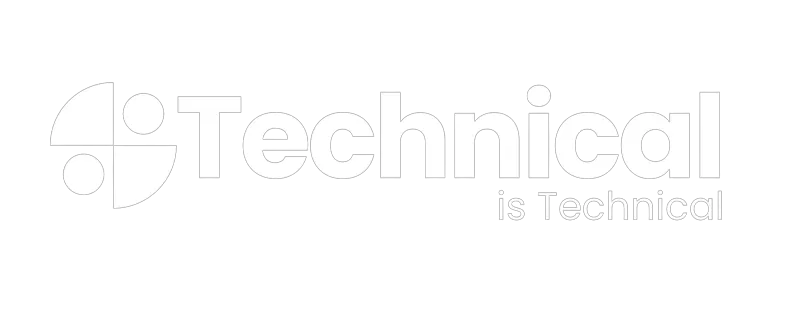There’s no doubt that transcription services can be extremely useful for businesses. Not only can they help with meetings and phone calls, but they can also be used to create transcripts of educational content, podcasts, and more.
However, with so many different transcription services out there, it can be difficult to know which one is right for your business. Here are a few tips to help you make the most of audio transcription services:
What is audio transcription?
Audio transcription is the process of converting audio files into text either through the use of software or by transcribing it manually. Not only does audio transcription cover webinars, interviews, court proceedings, and meetings – it excels in them. The act of transcribe audio file to text is becoming increasingly popular as it is an excellent way to make content more accessible. In the similar way, there are apps that can convert text to voice.
Depending on the needs of your business, audio transcription can be verbatim, intelligent or edited. Now let’s take a deep look into each of these three types:
Different Types of Audio Transcription
Verbatim Transcription
Verbatim audio transcription captures both the verbal and nonverbal elements of an audio recording. When transcribers use verbatim methods, they recreate everything in the audio to generate a text version of its content.
Not only is the main message captured in the audio or video, but all other important details are included as well. This means everything from changes in breathing and emotion to background noise and interruptions in speech.
Verbatim transcription involves more than just transcribing the words that are spoken. It also includes the use of markers, called tags, to show context for the audio. For example, a tag might be used to indicate when someone coughs, sneezes or speaks loudly or softly. Even noises in the background–such as a phone ringing, a knock on the door – will be included in the final transcript.
Edited Transcription
When we edit a transcription, we make the writing style simpler. We do this by getting rid of unnecessary words that don’t help people understand the content better. Edited transcription not only fixes grammar errors but also presents the transcribed content as written text– making it better for general consumption. If you’re choosing to publish the transcript as an article or website post so that people who missed the live event can have access to the material, an edited transcription is your best bet.
Intelligent Transcription
Intelligent transcription is just as accurate as verbatim transcription. However, it is lightly edited and may have the tags and markers removed since there is no need to contextualize the audio setting. Although intelligent transcription is still literal, it will improve the written record by making it easier for readers to understand.
Ways to Transcribe Audio to Text
There are two ways to transcribe audio to text. The first is to do it manually, and the second is to use transcription software.
Manual Transcription
Manually transcribing audio to text can be a time-consuming process. It is, however, the most accurate method as it allows the transcriber to listen to the recording multiple times and make corrections as needed.
If you choose to transcribe audio manually, it is important to have a good understanding of grammar and punctuation. This will ensure that the final transcript is accurate and easy to read.
Transcription Software
Transcription software programs work by automatically converting audio files into text. They are usually less accurate than manual transcription, but they can better understand audio in a noisy environment and also can be much cheaper to purchase and easy to use.
There are a number of different transcription software programs available on the market as some of the most popular also offer a money-back guarantee, a free trial, and an impressive accuracy rate.

Why Do Businesses Need Audio Transcription?
There are many reasons businesses might need audio transcription services. Some of the most common reasons include:
To create minutes of meetings – if you want to have a written record of what was discussed in a meeting, audio transcription is the way to go. This is especially useful for board meetings, strategy sessions, or team meetings where important decisions are made.
To create training materials – if you have audio or video recordings of training sessions, transcription can help you create written versions of the material. This is a great way to create text-based resources that can be used for reference or review.
To generate leads from webinars and podcasts – businesses can transcribe their webinars and podcasts and use the written content to generate leads. This is a great way to repurpose audio content and get more mileage out of it.
To create subtitles for videos – transcribing video content can help you create subtitles or closed captions. This is useful for making your videos accessible to a wider audience, including people who are deaf or hard of hearing.
To improve search engine optimization (SEO)– transcribing audio and video content can help you improve your SEO. This is because transcripts provide written versions of your content that can be indexed by search engines.
Conclusion
Audio transcription is a process of converting audio files into written text. There are two ways to transcribe audio manually or using transcription software. Businesses might need audio transcription services to create minutes of meetings, generate leads from webinars and podcasts, create subtitles for videos, or improve their SEO. If you are a business owner, you should consider audio transcription services to help you with your business needs.























